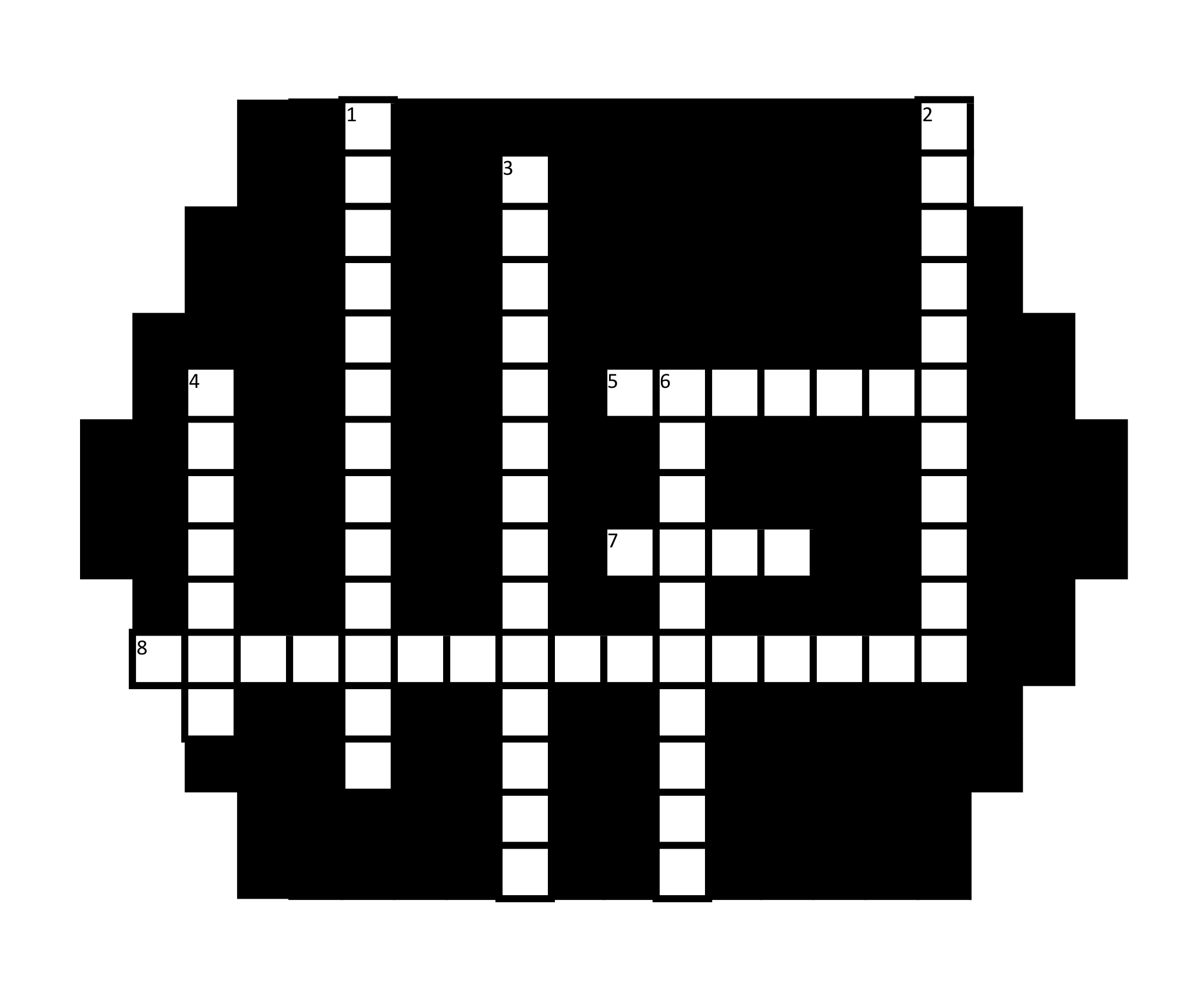When we talk about STEM skills, we’re talking about the individual skills needed to do science, mathematics, and engineering, and those needed to use technology effectively.
For example, in science you learn ways to increase or reduce friction on a surface to make objects moving across that surface move faster or slower. You use technology to simulate experiments that might involve things that are too large or too small to see easily, or that are too dangerous to do in a classroom. Engineering principles are used when you design, build, and test models, like the ones needed to understand how energy is transferred. Finally, you use math skills to analyze and draw conclusions from experiments.
More specifically, below are some of the essential STEM skills you’ll want to develop and/or enhance:
Problem Solving
Creativity
Inquiry Skills
Math & Science Skills
Engineering-Design Thinking
Critical Thinking
Collaboration
Prepare for the energy industry’s pre-employment testing with the Get Into Energy Test Prep Workshop.
Find training or degree programs near you with the GIE Training Program Locator.
Try out our Get Into Energy / Get Into STEM crossword puzzle to see if you can identify the STEM knowledge and skills that everyone needs!
DOWN
1. Working with others to produce results as a team
2. A discipline that applies scientific principles to identify and solve problems
3. Making sense of issues and proposing explanations or answers
4. Type of skills where students are hands-on, active participants and drivers of solutions
6. Being able to take multiple, out-of-the-box approaches to problems
ACROSS
5. The “S” in STEM
7. Type of skills that often involve calculations, measurements, and numbers
8. Skill that involves analyzing information, evaluating designs, and synthesizing new ideas
ABOUT US
Get Into Energy / Get Into STEM is a ground-breaking program designed to build awareness among students, parents, teachers, guidance counselors, and others about the value of STEM (Science, Technology, Engineering, and Mathematics) education and the excellent career opportunities available in the energy industry.
Get Into Energy / Get Into STEM is managed by the Center for Energy Workforce Development (CEWD), a non-profit consortium of electric, natural gas, and nuclear utilities and their associations.
CONTACT US
Email: staff@cewd.org
Phone: 202-638- 5802
Fax: 202-508- 5030
Address:
CEWD
701 Pennsylvania Ave. N.W.
3rd floor
Washington, DC 20004-2696
© 2024 Center for Energy Workforce Development. All Rights Reserved.

